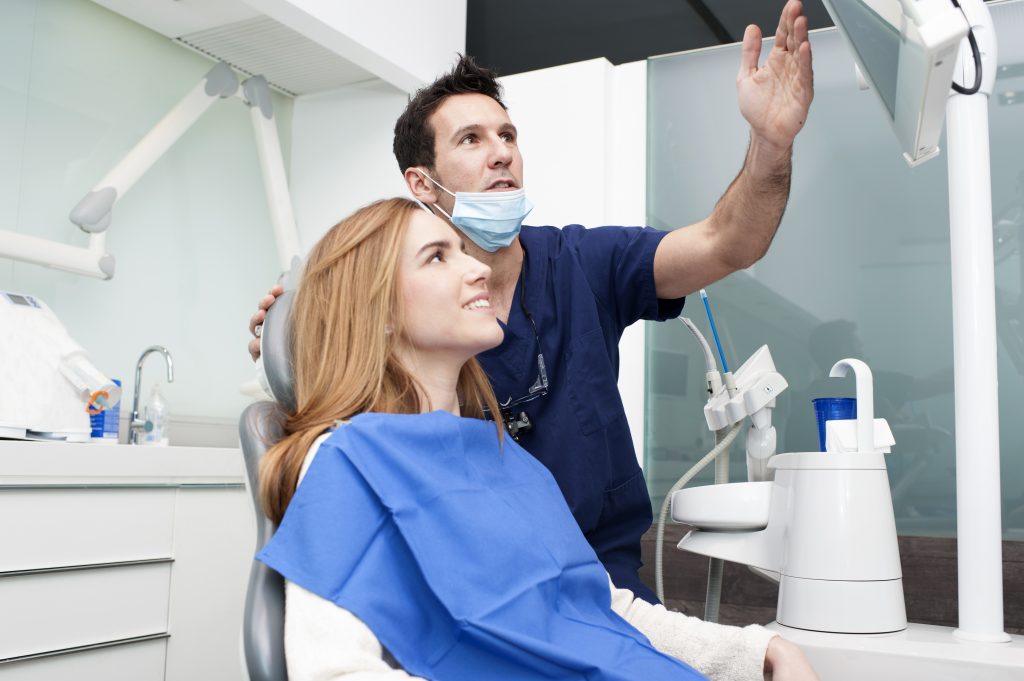The fight against tooth decay and gum disease is a constant ongoing battle and needs to be attacked from all fronts. A hygienist Richmond is committed to a programme of preventive dentistry and a vital part of that is the role of education. The foods we eat and the drinks that we consume coupled with smoking, sugar and starchy foods all combine to stimulate bacterial growth. A lack of vitamins A, D and C can also contribute to increasing the risk of tooth decay. The hygienist will examine the oral cavity including the skin around the mouth to assess a patient’s oral health. They also provide valuable advice about how to brush and floss correctly and which areas need to be improved to maintain healthy teeth and gums.
More than just teeth cleaning
Hygienist visits are far more than just a half-yearly appointment to have teeth cleaned. Hygienists will measure any gaps between teeth and calculate the amount of plaque removed from the teeth. Any staining or pitting will be subject to extensive examination, as these can be indicators of serious conditions that may manifest at a later date. Harmful bacteria which can develop due to poor oral hygiene can cause headaches and neck and shoulder pain.This same harmful bacteria can also cause infection of the lungs and heart. The oral cavity is the gateway to the body and hygienists will also provide dietary advice to help patients live more healthily.
What is involved in the procedure?
The hygienist and the dentist are part of a professional team who have the goal of ensuring that patients enjoy a lifetime with healthy teeth and gums. An examination to determine the health of a patient’s oral cavity is carried out and gaps, where evident, between the teeth will be measured. Gaps between teeth are places that bacteria like to live and the hygienist will refer the findings to the dentist who may suggest aligner or brace treatment. After identifying the areas most in need of treatment, the hygienist will start to remove plaque and calculus on the teeth and below the gums. Sometimes it is necessary to apply a dye to identify any areas that may have been missed to ensure the thoroughness of the plaque and calculus removal. Once all the plaque has been removed the cleaning and polishing process can begin. Any staining and spots will be carefully noted before these are removed by applying pholyatic and microbial materials. Using specialist equipment and dental pastes the patient’s teeth are cleaned and polished, this process is often referred to as scaling and polishing. If a patient suffers from severe gingivitis they may require more advanced treatment such as deep scaling treatment. If a patient is unfortunate enough to suffer from periodontitis, laser periodontal therapy may be necessary.
Healthy teeth and gums are a priority

The importance of regular hygienist treatment cannot be stressed enough, to maintain a healthy oral cavity. Teeth whitening is another procedure that hygienists perform and again having teeth whitened in the surgery is far better than over-the-counter solutions. Having teeth whitened by the hygienist ensures that the correct solution is being used, so that no harm or damage is done to the teeth and gums.
